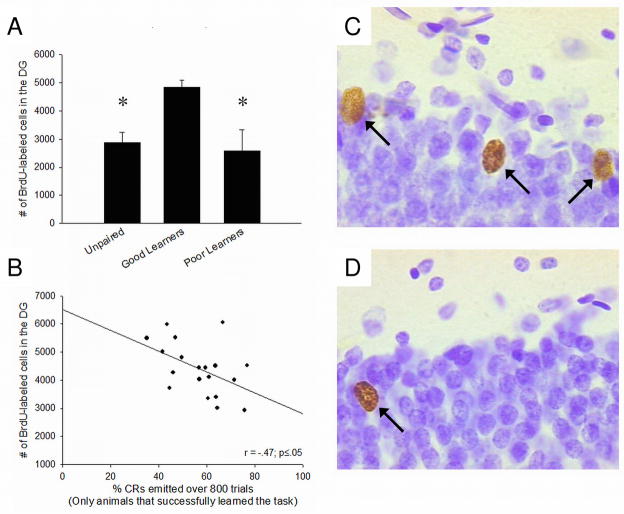Figure 1. Successful and effortful learning increases the survival of adult-born hippocampal neurons.
A) Animals that successfully learned the conditioned response (Good Learners) retained significantly more cells than those that failed to learn (Poor Learners), or those that were not trained with paired stimuli (Unpaired). Animals that failed to learn displayed no increase in the number of surviving cells. Thus, learning only increases the survival of new neurons when that learning is successful. B) Of those animals that learned, those that took longer to do so emitted fewer conditioned responses (CRs) over the course of training. However, those animals that took longer to learn retained more new cells than those that learned in relatively few trials. Representative BrdU-labeled cells from the granule cell layer of (C) an animal that successfully learned trace eyeblink conditioning and (D) an animal that failed to learn (Curlik & Shors, 2011).

